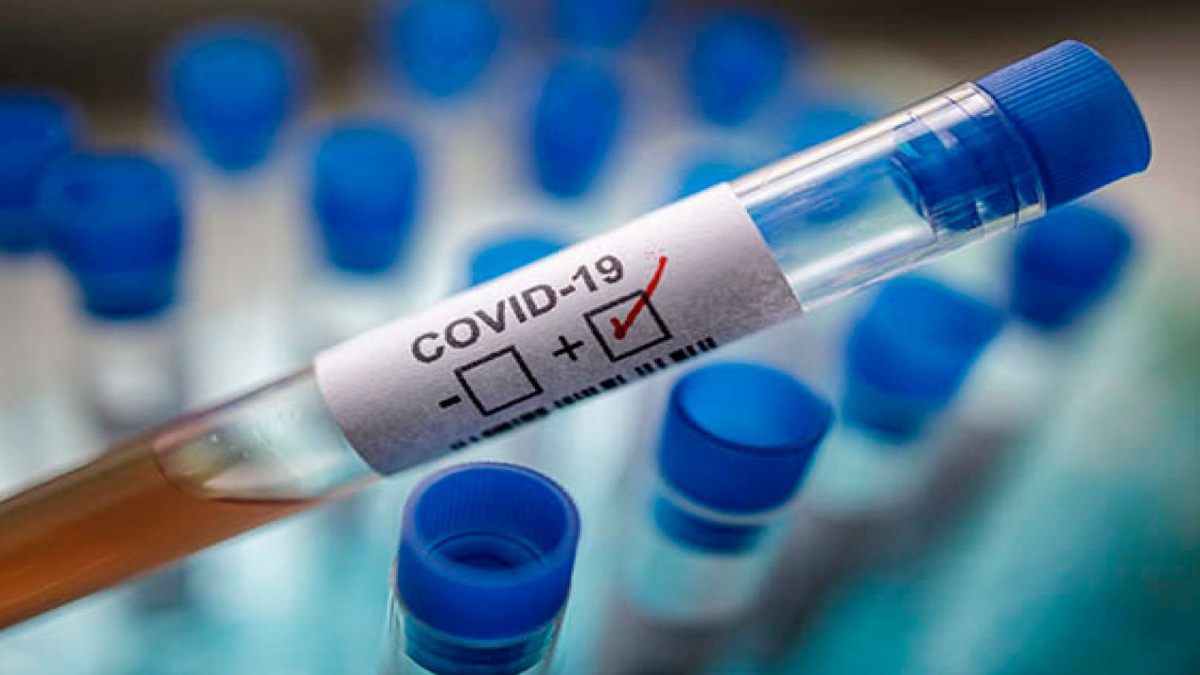INTRODUCTION:
While the whole world is still grappling with the ill effects of covid-19, the catastrophic and irreversible impact it had on the entire world will continue to be felt for times to come. It left an ever-lasting impact on all spheres of life by stretching its tentacles into diverse facets of life, with long-lasting unpredictable consequences which will also be visible even in the educational sector, which has been hard hit by it. The World Health Organization (WHO) labelled the Coronavirus outbreak a Global Pandemic on March 11, 2020. This outbreak forced the closure of schools and colleges in India, changed overnight the traditional model of education to the online model. Although the digital transition of higher education (including law schools) began way before the Covid-19 outbreak, the pandemic acted as a catalyst in accelerating the digitalisation of practically all aspects of public life. Universities were faced with the challenge of developing a well-equipped, pleasant, and high-quality digital infrastructure to suit the demands of the hour. Many firms, as well as their legal departments, have shifted to remote work in compliance with the new challenges and guidelines issued to keep their work going.
NEED FOR DIGITALISATION IN LEGAL EDUCATION:
Prior to the pandemic, online learning was solely considered as a supplement to face-to-face learning. But now, online classes, webinars, workshops, etc., are the definition of new a normal for higher education. Similarly, this new normal has not spared even Legal Education. Felix Frankfurter (1927) has rightly stated that “the law and lawyers are what the law schools make them.” The prerequisite for a noble legal profession is to have an efficient and robust legal education system in place. As per the 266th Report of the Law Commission of India, as the seeds of nobility are sown at this level, the careful maintenance of standards in legal education is critical. It also recommended some reforms in the judicial administration. The Advocates Act, 1961 entrusts the Bar Council of India with the responsibility of preserving legal education standards, which it dutifully carries out by frequent inspections of universities and colleges offering “law degrees” and the establishment of particular legal education standards. The transformation process adopted by India seems a bit sluggish, looking back at the timeline of reforms. The launch of the 5-Year Integrated Law Program by NLSIU in 1986 was considered to be the first significant reform in Higher Legal Education. It took many years for this reform to seep into every law school in the country. A makeover through Information and Technology (ICT) enablement of the Indian Judiciary is being carried out since 2005.
This unanticipated catalyst has compelled us to consider the speed with which we are embracing the digital revolution in the legal profession, particularly in legal education. Indeed, just as Rome was not built in a day, so will the transformation, not happen overnight. However, if we continue to think in this manner, Rome will never be built. Similarly, the transition will not take place overnight. As per the report of All India Survey on Higher Education (AISHE) 2019-2020, the Government of India noted that there are 1043 Universities, 42343 Colleges and 11799 Stand-alone Institutions registered on their portal, out of which 1019 Universities, 39955 Colleges and 9599 Stand-alone Institutions responded during the survey. Total enrollment in higher education has been estimated to be 38.5 million, with 19.6 million boys and 18.9 million girls. In this scenario, the education reform in India during the Covid-19 era appears to be a real example of how necessity genuinely is the mother of creativity or reinvention.
COVID-19: A BOON OR BANE FOR THE LEGAL EDUCATION?
Whether Covid-19 is a boon or bane for legal education is a million-dollar question that will be too early to be answered. A few key questions lingering in our minds at present are how the future will be? Are these measures temporary, or would they bring about the much-needed reform in the Legal Education System? To what extent will online education impact the practice of law and the ability of the legal profession to meet the client’s needs? Will it lead to a drastic change in the demographic composition, ethos and skill set of the legal profession?
BOON:
Everyone, including the legal profession and legal education centres, has been jolted by the Covid-19 lockdown. The transition to online education has assured that students do not miss any classes and that their progress is monitored and evaluated on a regular basis. Covid-19 has been interpreted as a unique opportunity by many. Online webinars by famous senior lawyers and Hon. Judges of the High Courts and Supreme Court are now freely available and accessible through numerous platforms, even to students in the most remote corners of the country, as one of the noble effects of online learning. This has enhanced the ease of learning in a way. It was apparently the first attempt by the entire Indian educational system to make a paradigm shift to the virtual world, combining classroom learning with technology. AI-based learning offered by universities in association with other collaborations is helping make the nation envision a new tomorrow based on educational reforms and innovations. For instance, medical students can have interactive sessions with experienced personalities around the world discussing case studies, engineering students can delve into a deeper understanding of the concepts through AI-enabled learning, and law students can make use of online national and international moot court competitions, mediation competitions, etc. One of the advantages worth focusing on amidst these difficulties is the opportunity to do virtual internships, volunteering services, etc., around the world, allowing the student to learn about the practical aspects of their career outside of their curriculum. A student can now very easily do 2-3 internships at a time with any law firm or organisation in the world. This has helped in removing the geographical barriers and bringing the global community of lawyers together on a common platform. Freelancing services provided by people from the remotest areas are of utmost help and is gaining widespread momentum. During these trying times, the focus is also on strengthening students’ emotional intelligence, which, alongside UGC’s standards for providing psychological support to students, has aided in the continued reform of the educational system.
The Bar Council of India, which regulates legal education, has urged a reassessment of traditional modes of education and the use of alternative techniques to bring digital learning to the forefront.
According to BCI, as computer education is a required protocol under Rule-9(a) (b) of Schedule-III of the Rules of Legal Education-2008, every student is expected to be computer savvy and capable of comprehending and following the fundamental regime of online classes. The Indian legal educational institutions had three types of reactions to the lockdown.
(A) These institutions have the agility and an innovative mentality, as well as the necessary resources to enhance their present system to suit the needs of the hour.
(B) Institutions somewhat unaware and unprepared tried to tackle the situations with some online free tools and software.
(C) Institutions that were unable to act due to a lack of flexibility, resources, and a willingness to implement reforms. Unfortunately, In India, Category A is just an exception, while category B and C make up the majority. Enrollment rates increased in various courses, competitions, etc, due to the easy accessibility of resources from the comfort of one’s home. Who could have thought a student from Darbhanga could do a course from Harvard or Yale, or a student from Jharsuguda would be able to hear Harish Salve argue at ICJ? It is the time when we can make the best use of opportunities to bring about a significant change in the Indian education system. The Diksha, e-Pathshala, Swayam Prabha, etc., are all the moves forward in the direction of ensuring education to all amidst these tiring times.
The pace of reforms has accelerated in recent years with the advent of the digital India campaign in 2015, measures such as the national judicial grid, submission of online FIRs, and the establishment of an e-courts framework, etc. It helps in bridging the gap between where the legal service providers are needed and where they are located. On April 7, 2020, The Council of Europe, in order to protect human core values and free societies during the pandemic, provided the government with a toolkit or a roadmap to deal with unprecedented and massive scale crises. The document covered four key areas, one of which was protecting the right to education. Following the toolkit, they came up with effective and innovative techniques to make sure that the holistic development of students is done. It is the need of the hour that teachers and law schools should begin remodelling their approaches to adapt to the new model for teaching. Stephen Colbran, Anthony Gilding and Samuel Colbran claimed animation and MCQs as a formative feedback tool for a comprehensive and finer understanding of legal education. Two-dimensional technology, when combined with multiple-choice questions, provides an engaging and innovative developmental tool for engaging law students in problem-based learning and giving them the traditional experience. May law schools around the world are successfully implementing these innovative techniques for engaging their students and catering to their needs. As Alison Bone (2009) claimed: “Students admire innovations by law teachers involving the use of technology in a way that is not widespread.” An outstanding example of change is the School of Law, University of Phayao. The University of Phayao’s School of Law has made significant progress in transforming its pedagogy from traditional lecture-based teaching to an outcome-based education system in recent years.























